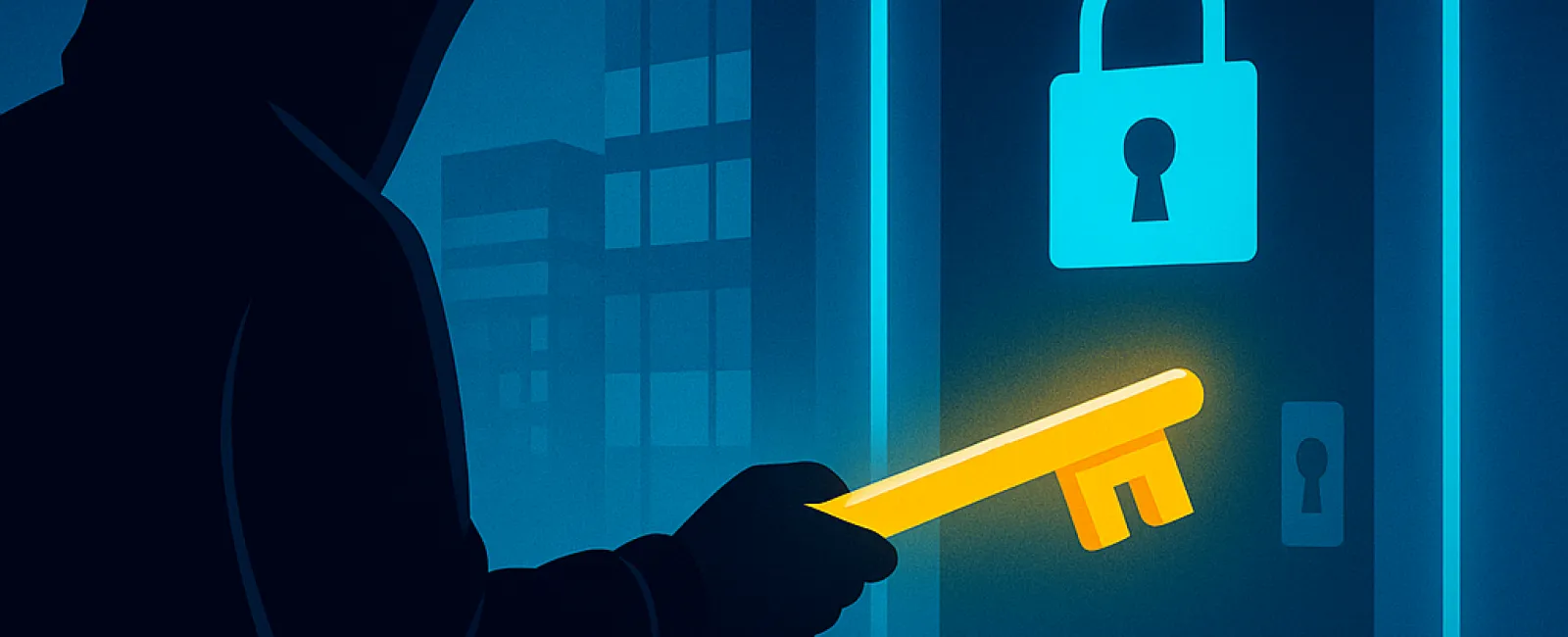August 04, 2025
Cybercriminals have evolved their tactics targeting small businesses—not by force, but by stealth. They're no longer breaking doors down; they're entering through the back door with stolen credentials—your own login details.
This method, known as identity-based attacks, is fast becoming the primary strategy hackers use to infiltrate systems. They achieve this by pilfering passwords, deceiving staff with sophisticated phishing emails, and bombarding users with login prompts until someone unwittingly grants access. Unfortunately, this strategy is proving alarmingly effective.
Reports from cybersecurity firms highlight that a staggering 67% of major security breaches in 2024 originated from compromised login credentials. Even industry giants like MGM and Caesars faced these attacks recently—proof that small businesses are just as vulnerable.
Understanding How Hackers Gain Access
While many of these breaches start simply—with a stolen password—their techniques are becoming increasingly advanced:
· Deceptive Emails and Counterfeit Login Pages: These tricks fool employees into revealing their access information.
· SIM Swapping Attacks: Hackers hijack your phone number to intercept text-based two-factor authentication codes.
· MFA Fatigue Tactics: Flooding your device with repeated login notifications until someone inadvertently approves access.
Attackers also exploit vulnerabilities through personal employee devices and third-party vendors such as help desks or call centers to infiltrate your network.
Simple Yet Powerful Ways to Shield Your Business
Here's the good news: Protecting your business doesn't require you to be a cybersecurity expert. Implement these effective measures to safeguard your operations:
1. Enable Multifactor Authentication (MFA)
Add an essential layer of security by requiring a second form of verification. Opt for app-based or hardware security keys rather than text messages for stronger protection.
2. Educate Your Team
Your employees are your first line of defense. Train them to identify phishing attempts, suspicious emails, and unusual login requests—and encourage prompt reporting.
3. Restrict Access Privileges
Limit employee access to only what they need to perform their jobs. That way, if a breach occurs, the potential damage is contained.
4. Adopt Strong Passwords or Switch to Passwordless Solutions
Encourage the use of password managers or, better yet, leverage biometric logins and security keys to minimize reliance on traditional passwords.
Final Thoughts
Login credentials are the new target for cybercriminals who constantly refine their attack strategies. Staying a step ahead doesn't mean facing this alone.
We're here to help you implement robust security measures that keep your business protected—without complicating your workday.
Wondering if your business is at risk? Click here or give us a call at (802) 331-1900 to book your Discovery Call.





